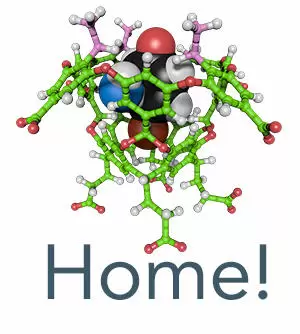Liu, S.; Whisenhunt-Ioup, S. E.; Gibb, C. L. D.; Gibb, B. C. An improved synthesis of ’octa-acid’ deep-cavity cavitand.. Supramolecular chemistry 2011, 23, 480-485.
An improved synthesis of a water-soluble deep-cavity cavitand (octa-acid, 1) is presented. Previously (Gibb, C. L. D. & Gibb, B. C., J. Am. Chem. Soc., 2004, 126, 11408-11409) we documented access to host 1 in eight (non-linear) steps starting from resorcinol; a synthesis that required four steps involving chromatographic purification. Here we reveal a modified synthesis of host 1. Consisting of seven (non-linear) steps, this new synthesis involves only one chromatographic step, and avoids a minor impurity observed in the original approach. This improved synthesis will therefore be useful for the laboratories that are investigating the properties of these types of host.

